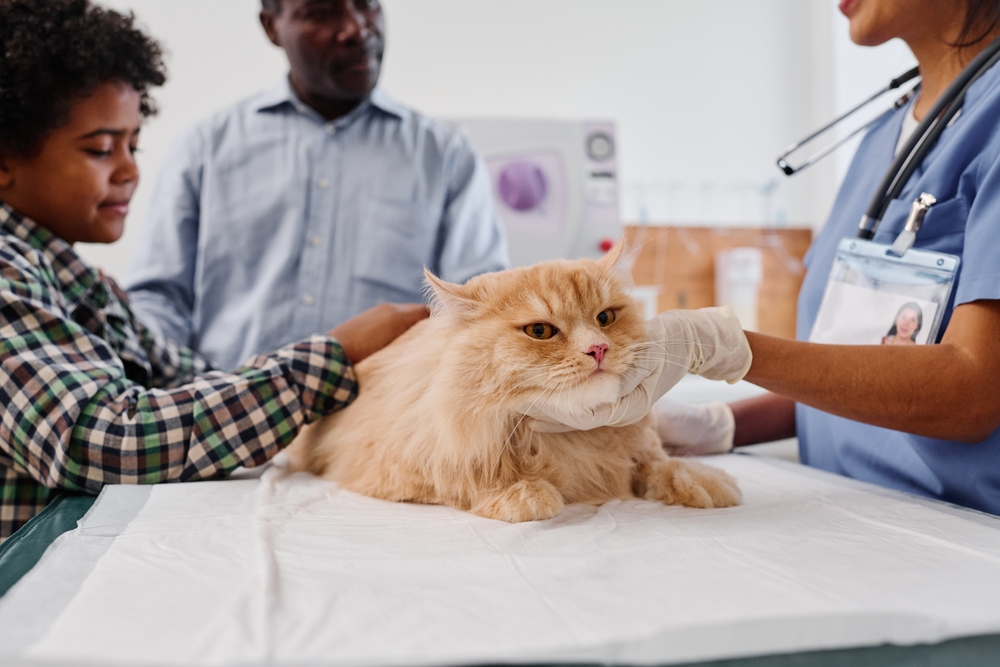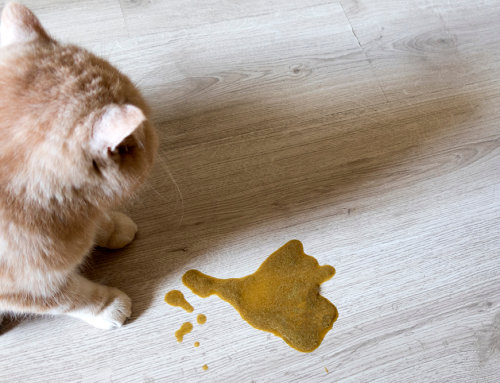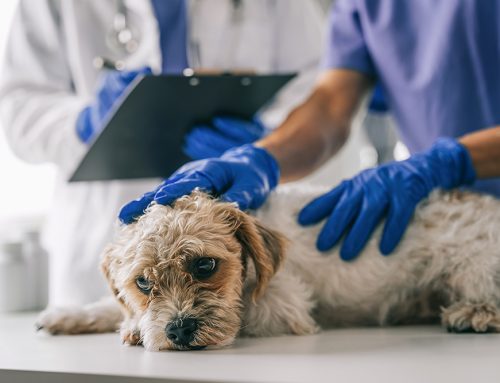As a pet owner, you face important decisions that directly impact your pet’s long-term health and quality of life. One of those decisions is whether to spay or neuter. At Wellness Animal Hospital in Lakewood Ranch, Florida, we understand that this choice can feel overwhelming. We’re here to guide you through the facts, help you weigh the pros and cons, and support your pet’s care at every step.
What Does It Mean to Spay or Neuter?
Spaying (ovariohysterectomy) involves the surgical removal of the ovaries and uterus in female pets, while neutering (orchiectomy) refers to the removal of the testicles in male pets. These are routine procedures performed under general anesthesia.
While often associated with preventing unwanted litters, spaying and neutering also offer long-term health and behavioral benefits that make them an important part of responsible pet ownership.
Why Spaying and Neutering Matters: Health, Behavior, and Beyond
Health Benefits
- For Female Pets: Spaying reduces the risk of mammary tumors (especially when done before the first heat cycle) and eliminates the risk of pyometra, a life-threatening uterine infection. Learn more about pyometra in dogs.
- For Male Pets: Neutering eliminates the risk of testicular cancer and significantly reduces the risk of prostate disease, including benign prostatic hyperplasia and infections.
Behavioral Benefits
Spaying and neutering often reduce hormonally driven behaviors, including:
- Roaming and escape attempts
- Urine marking
- Mounting behavior
- Aggression triggered by mating instincts
Community Impact
Spaying and neutering also play a critical role in reducing overpopulation, which in turn lowers the number of animals entering shelters and decreases the risk of euthanasia due to lack of resources.
The Risks of Avoiding the Procedure
Choosing not to spay or neuter may increase the risk of several preventable conditions:
- Mammary cancer, which is hormone-dependent and more aggressive in intact females
- Pyometra, which requires emergency surgery and can be fatal if untreated
- Testicular cancer and prostate enlargement in males
- Unwanted behaviors such as territorial aggression or repeated escapes, which can put your pet at risk
What to Expect: From Consultation to Recovery
Pre-Operative Preparation
- Your pet will receive a full exam and pre-surgical bloodwork to ensure they are a safe candidate for anesthesia.
- Fasting instructions will be provided before surgery day.
During Surgery
- Your pet will be placed under general anesthesia.
- Surgical monitoring will track vital signs to ensure safety.
- Techniques may vary based on size, age, and sex. Minimally invasive options such as laparoscopic spaying may be available.
After Surgery
- Most pets go home the same day.
- We provide pain medications and clear recovery guidelines.
- Activity should be limited for 7–14 days, and pets should wear an Elizabethan collar (e-collar) to prevent licking at the incision site.
When Is the Right Time to Spay or Neuter?
While the traditional age is between 6 to 9 months, factors such as breed, size, and sex can influence timing:
- Small-breed dogs and cats: May be safely sterilized as early as 8 weeks.
- Large-breed dogs: May benefit from waiting until skeletal maturity (12–18 months) to avoid orthopedic issues.
An individualized approach is always best.
Learn more about the best timing for your pet here: When Should I Spay or Neuter My Dog? -AAHA
Addressing Common Myths and Concerns
“Will my pet gain weight?”
Spaying and neutering may slightly reduce metabolic rate, but with a proper diet and exercise, weight gain can be easily managed.
“Will this change my pet’s personality?”
Your pet’s unique personality will remain intact. However, you may notice less aggression or reduced anxiety, particularly in male pets.
“Is surgery painful?”
We use modern anesthesia, advanced monitoring, and post-operative pain medications to ensure your pet is comfortable before, during, and after surgery. Most pets recover fully within 10–14 days. During this time, limit activity and monitor the incision closely.
“Is it still worth it for older pets?”
Yes. Even adult pets benefit from sterilization. While surgery carries more risk with age, these are outweighed in most cases by the health benefits of eliminating hormone-related disease risks.
“Should I let my female dog have a litter first?”
No. There’s no health benefit to allowing a first litter. In fact, spaying before the first heat offers the greatest protection against mammary cancer.
Preparing for the Appointment
To ensure a smooth visit, be sure to:
- Bring a full list of current medications
- Follow fasting instructions
- Review any questions you have with our team
- Discuss cost estimates and available spay/neuter resources

We’re Here to Support You
At Wellness Animal Hospital, we’re here to help you make confident, informed decisions about your pet’s health. Whether you’re ready to schedule or simply want to talk through your options, we’re happy to assist.
Spaying or neutering is a decision with lasting benefits—not only for your pet’s health but for your peace of mind. Let us help guide you through it with trusted care and compassionate expertise.







Leave A Comment